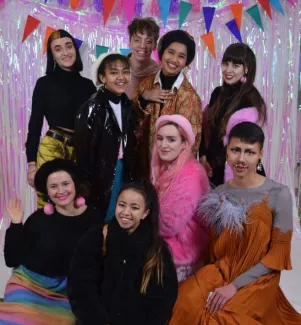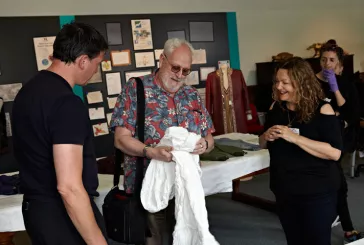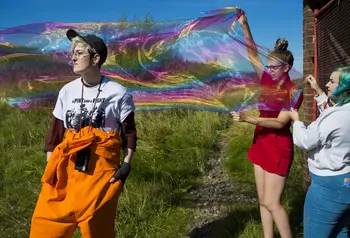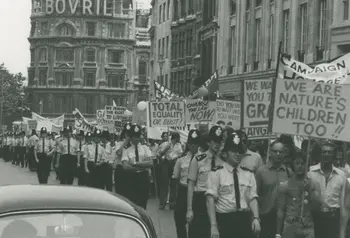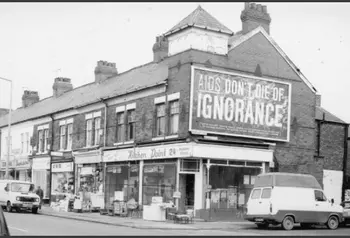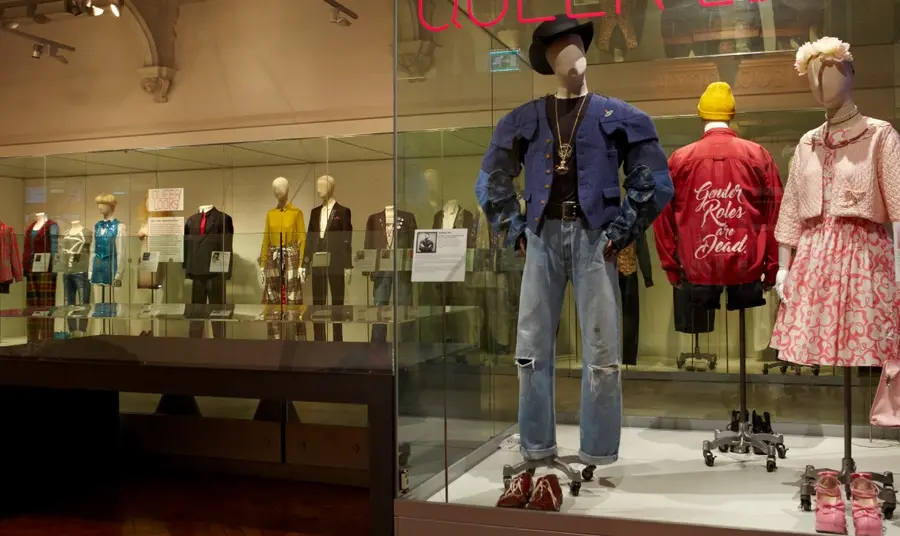
Our Heritage
The project
The project launched in 2017, on the 50th anniversary of the partial decriminalisation of homosexuality in England and Wales, and ended in 2019. During that time it:
- acquired LGBTQ+ heritage for Brighton Museum’s collection
- held two exhibitions
- developed education materials
- held public events, including talks and workshops
- recruited four curatorial volunteers, a photographer, film maker, oral history interviewer and project coordinator
- engaged 18 young people in various volunteer roles, including exhibition curators, oral history interviewers and event organisers
- promoted the project online
The organisation
The project was led by a partnership between the Centre for Fashion Curation at the University of the Arts London (UAL) and the Royal Pavilion and Museums Brighton and Hove (RPM).
Much of the project’s success was down to the specialist insight and skills available from the two partner organisations.
In 2014, RPM reviewed its collections and identified LGBTQ+ dress as a priority for development.
When the grant was awarded, Sarah Posey, Head of Collections, Interpretation and Learning at RPM, said: “As a city, Brighton & Hove has the UK’s largest proportion of lesbian, gay, bisexual and trans residents – communities that significantly shape its identity.” An estimated 40,000 people living in the city – 21% of the adult population – identify as LGBTQ+.
The funding
The project received a National Lottery grant of £64,800.
Using the funding, RPM would acquire outfits worn by people who identify as LGBTQ+ from the time period 1967-2017. This would provide a record of the area’s identity over those 50 years, improve understanding of LGBTQ+ heritage and increase the relevance of the museum’s collections.
The results
The project received 21 outfits (head-to-toe ensembles), which were displayed in RPM’s Queer Looks exhibition. 19 of the outfit’s owners also provided oral histories.
16 of the outfits are now in RPM’s permanent collection, whilst five further outfits are available on long term loan. Oral histories and photos are available on the Queer Looks Voices website.
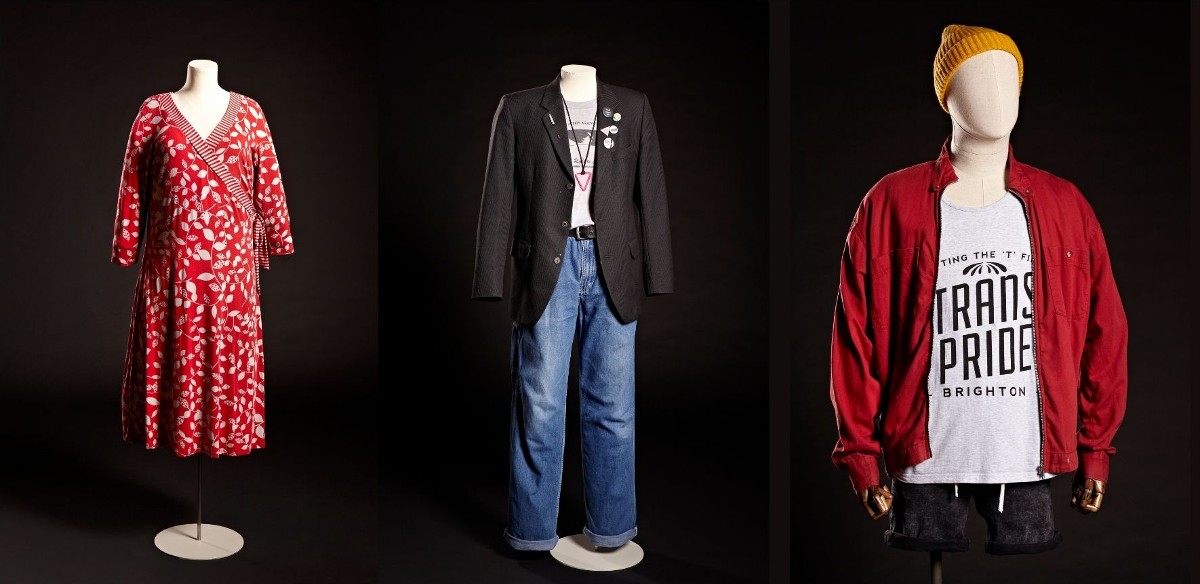
The project was innovative in including community items in its collection to identify and explain a type of heritage.
The clothing and artworks of the Sussex-based, gender-nonconforming artist Gluck (1895-1978), held in RPM’s collection, were also exhibited together for the first time as part of the project.
Meeting our outcomes
The project met two of our outcomes strongly.
A wider range of people will be involved in heritage
This project was successful at meeting our mandatory outcome by:
- collecting, exploring and sharing LGBTQ+ heritage
- opening up heritage to people who identity as LGBTQ+
The Queer Looks exhibition had between 6,383 and 8,510 visitors between 30 June and 17 September 2019. Of these:
- 71% had not visited the museum before
- 47% identified as LGBTQ+
The Gluck: Art, Life and Identity exhibition ran from November 2017 – March 2018. It received 18,818 visitors, of which:
- 30% had not visited the museum before
- 36% identified as LGBTQ+
These visitor numbers were further bolstered by a range of talks, tours, research visits and other events.
Heritage will be identified and better explained
Credit: Tessa Hallmann.
The project was innovative in including community items in its collection to identify and explain a type of heritage.
Martin Pel, Curator of Fashion & Textiles at Brighton Museum, said: “The Queer Looks display brought representation to the museum of Brighton’s large and vibrant queer communities, reflecting the city’s LGBTQ history over 50 years.
“It also brought to museum audiences – many of whom are outside of the local area – the lives of individuals with whom they might not otherwise engage with, and it is hoped a greater understanding and empathy with LGBTQ+ history.”
It also brought to museum audiences – many of whom are outside of the local area – the lives of individuals with whom they might not otherwise engage with, and it is hoped a greater understanding and empathy with LGBTQ+ history.
Martin Pel, Curator of Fashion & Textiles at Brighton Museum
Liz Ellis, Policy Project Manager at the National Lottery Heritage Fund, said: “By sharing personal memories and precious textiles, badges, clothes and other artefacts in this very popular public display, the contributors gave visitors privileged access to lived experiences across decades of shifting, often challenging social, political and personal contexts.”
The future
RPM are planning to work closely with communities on similar collections projects in the future.
Top tips
From the project:
- Building relationships with communities takes time. Include a project role that is dedicated to this task – ideally someone with experience of working with a community.
- Work in partnership. Much of the project’s success was down to the specialist insight and skills available from the two partner organisations.
From the Heritage Fund:
- Do you have LGBTQ+ heritage to explore and share, but have not received funding from us before? Try starting with a smaller project, then build from there. Contact your local office for help before applying – we’d love to hear from you.
